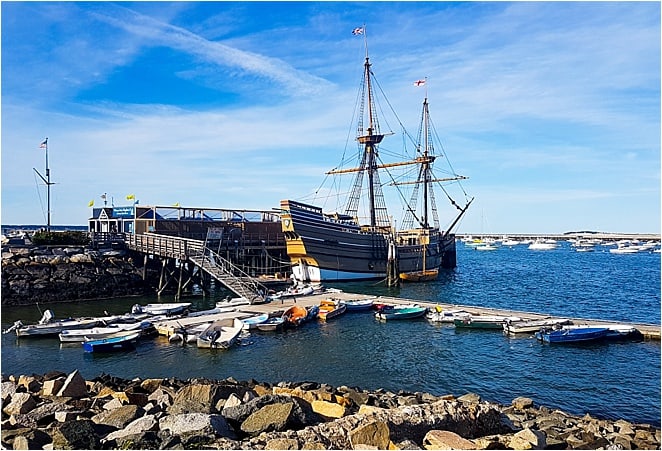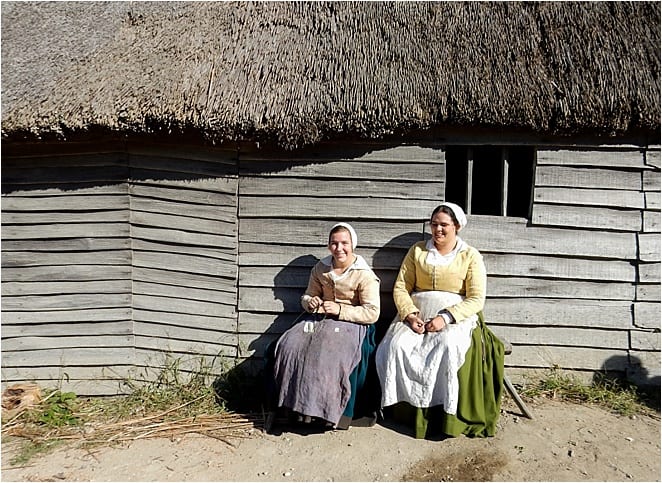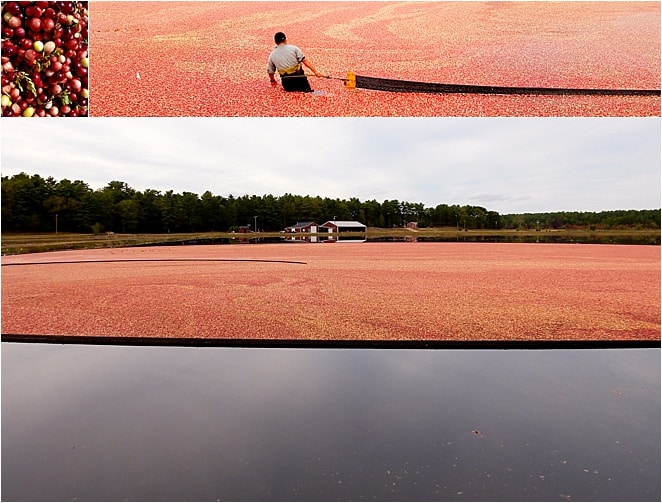Discover the beauty of a raspberry-ripple field with this collection of the best cranberry bog tours in Massachusetts, New England.
The Best Cranberry Bog Tours in Massachusetts: What You Need To Know
I’m a little obsessed with cranberries since visiting Massachusetts.
The tart, bouncy little rounds are the official state berries, growing in bogs that dye the landscape with ruby pools around harvest time.
Perhaps this northeastern state is just like a cranberry – bursting with flavour and juicy history, from the very first settlers in the 17th century to first whispers of revolution against British rule.
Or perhaps I’ve had a little too much cranberry wine…
Two Cranberry Bog Tours in Massachusetts to Try For Yourself
If you fancy wading through these scarlet fields yourself, you’ll need to plan ahead. In most cases, you’ll need to book at cranberry bog tour in advance. And, of course, you have to visit in season. The cranberry harvest runs from mid September to mid November.
Here are some of the best cranberry bog tours, according to locals:
A.D. Makepeace Company
A.D. Makepeace is the Cranberry farm featured in the travel experience article below. Our researcher rated it one of the best cranberry bog tours in Massachusetts.
Where to find it: 158 Tihonet Road, Wareham, 508-322-4028
Stone Bridge Farm
Stone Bridge Farm offers cranberry bog tours during October, which include a guided tour of their farm animals amid their family run business.
Where to find it: 186 Leonard St., Acushnet, 508-951-1551 or 508-951-1902

The History of Cranberries in Massachusetts
As with everything in Massachusetts, you’ll find the cranberry bogs entwined in the history of the founding of modern America.
Like the tart fruit, Massachusetts doesn’t shy away from the sourer aspects of its history. Rather it embraces its past, with all the complexity and injustices – from the destruction of Native American people, cultures and traditions, to the infamous Witch Trials in Salem.
A Different Look At America’s History
An hour south, Plymouth is where New England was established. Brits landed here in 1620, having decided against Cape Cod’s Provincetown due to the lack of water and abundance of angry arrows from the native population.
A replica ship, the Mayflower II, now stands where they docked, while a tiny rock claims to mark where they first stepped on American soil.
Costumed actors stroll elegantly through the Plymouth Colony (a 17th century English village) waxing lyrical about how they came to this land – and suggesting I flirt with some soldiers down the hill.
I am more intrigued by the Patuxet Homesite, giving voice to an often neglected side of America’s history.
Located on the Eel River, this is where visitors can learn more about the Native peoples who have lived here for over 12,000 years.
Abenaki Dan Shears realised the importance of his culture when his grandmother, who taught him about the tribe, passed away. Now his daughter wants to learn the Abenaki language.
“Most people don’t think we exist out here. Unfortunately there is a lot of our culture that has gone and there’s no getting it back,” he tells me.
“We try to reclaim as much as we can.”

Far From Bog Standard
Wampanoags harvested wild cranberries for 12,000 years, often drying them to make pemmican, mixing the berries with dried meat and animal fat for a snack that could last for months. They were also used to treat fever, swelling and sickness.
Now, they’re a tourist attraction.
Before arriving in Massachusetts, I expected to learn about pilgrims and ‘witches’. But bogs?
The state is one of the world’s biggest producers of cranberries, harvesting between mid-October and early November.
The colourful spectacle draws people from around the world. True devotees can don waders and join in at some bogs.
I track down a harvest at an AD Makepeace bog on (where else?) Cranberry Road, Carver.

Parking up, I’m distracted by a labradoodle, fixing me with curious hazel eyes. Forges belongs to Andy, a production manager at the bog.
Fortunately, he loves cranberries. “He’d roll about in those bogs all day if he could,” says Andy.
The fruit grows in low bogs, which are flooded to loosen the berries from the vines. Once they bob to the surface, helped along with water reels or ‘eggbeaters’, they are pumped on to a truck.
The swirl of garnet and the lemon chiffon of semi-ripe berries brings back childhood memories of raspberry ripple ice cream.
I’m with Forges on this one. Who wouldn’t want to dive in?
